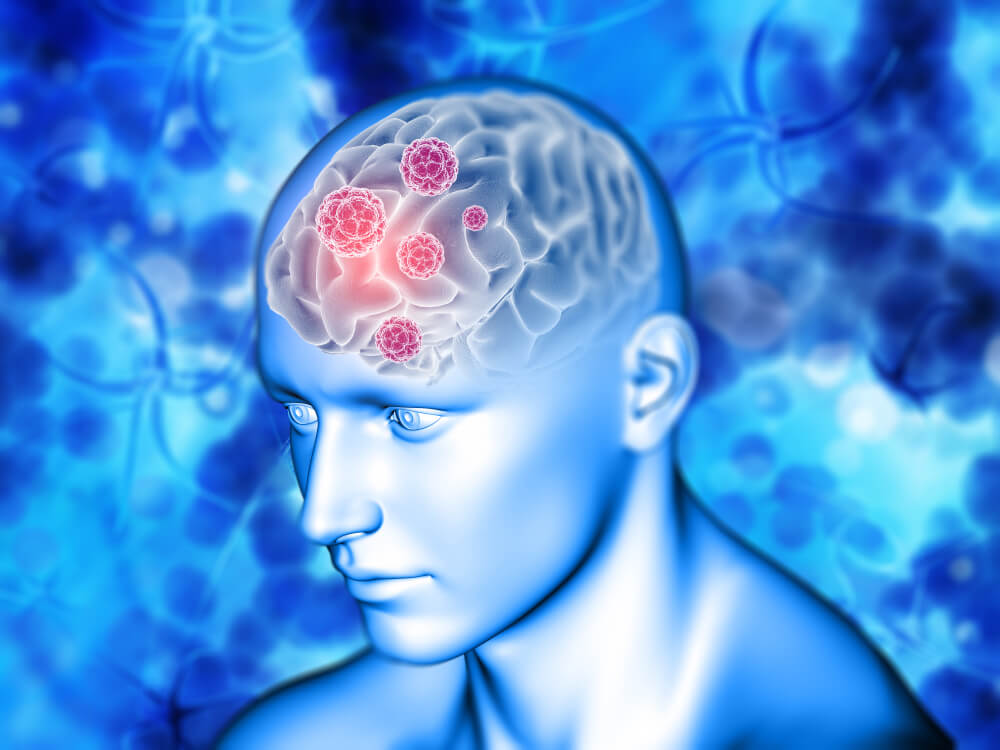
Types of Strokes
Strokes are classified into three main types, as explained by Dr. Fareed Al-Adham:
Ischemic Stroke
This is the most common type of stroke, occurring due to the blockage of blood vessels in the brain or their narrowing, leading to a severe decrease in blood flow to the brain. It usually results from two causes:
-
Accumulation of fatty deposits in the blood vessels, leading to their blockage.
-
Migration of blood clots formed elsewhere in the body, such as the heart, to the blood vessels in the brain and occluding them.
Hemorrhagic Stroke
Hemorrhagic strokes occur due to the rupture of a blood vessel in the brain or leakage of blood from it, creating excessive pressure on the skull, thus damaging brain tissues and cells.
Transient Ischemic Attack (TIA)
Also known as a mini-stroke, TIA occurs due to a temporary decrease in blood flow to a part of the brain for approximately 5 minutes. It does not always cause permanent damage and occurs for the same reasons as an ischemic stroke.
Causes of Strokes
Strokes can occur due to a variety of factors such as:
-
Uncontrolled high blood pressure.
-
Excessive intake of blood-thinning medications.
-
Injuries and traumas, such as car accidents.
-
Vascular problems, such as narrowing or deposits of certain substances within or on blood vessels.
-
Arteriovenous malformations.
Symptoms of Strokes
The symptoms of strokes depend on the type of area affected in the brain and may include one or more of the following:
-
Weakness or paralysis on one side of the body.
-
Loss of control over muscles on one side of the face.
-
Inability to speak clearly or understand speech.
-
Partial or complete loss of one or more of the five senses.
-
Dizziness, nausea, and vomiting.
-
Stiff neck.
-
Memory loss.
-
Fainting.
-
Confusion and severe headache.
It is worth noting that the symptoms of TIA are the same as those of a stroke, but they may last only a few minutes or a few hours before disappearing completely. They serve as a warning sign for an increased risk of stroke in the near future.
Diagnosis of Strokes
Since strokes are considered an emergency condition, the doctor starts by administering treatments to the patient before conducting any tests and then recommends the following tests to determine the type and diagnosis of the stroke. The diagnosis of strokes can often be confirmed by performing a CT scan. Other diagnostic methods include:
-
Physical examination: Which includes taking the medical history and checking:
-
Muscle strength, reflexes, sensation, and vision.
-
Blood pressure.
-
Listening to the carotid artery in the neck.
-
-
Blood tests: To measure certain substances in the blood and check for infection.
-
Imaging tests: Including:
-
Computed tomography (CT) scan: To show bleeding, strokes, tumors, and others, using X-rays.
-
Magnetic resonance imaging (MRI): To detect damaged brain tissues.
-
Doppler ultrasound of the carotid artery: To check for any narrowing or clots.
-
Cerebral angiography: By injecting a dye into the blood vessels to make them visible under X-rays or MRI.
-
-
Echocardiogram: Creating a detailed image of the heart to check for any sources of clots that may be transferred to the brain.
Treatment of Strokes
Treatment depends on the severity and type of stroke, aiming to restore blood flow in the case of ischemic stroke and control bleeding and reduce pressure on the brain in the case of hemorrhagic stroke.
Emergency treatment options for strokes include:
-
Clot-busting medications: These medications dissolve clots and may reduce the damage to brain cells caused by the stroke. They must be administered within 3 hours of an ischemic stroke.
-
Medications aimed at reducing brain swelling: Special types of intravenous fluids are often used for this purpose, particularly after hemorrhagic strokes.
-
General measures: Including:
-
Artificial respiration.
-
Intravenous fluids.
-
Proper nutrition.
-
Blood pressure control.
-
-
Thrombectomy (Interventional Radiology): A catheter is inserted through a blood vessel from the thigh to the brain to locate and remove the clot.
-
Stent placement: After removing the narrowing from narrowed arteries, a stent is placed to prevent re-narrowing of the artery.
Craniotomy surgery: A brain surgery performed to remove blood clots, relieve pressure, and repair bleeding in the brain.
